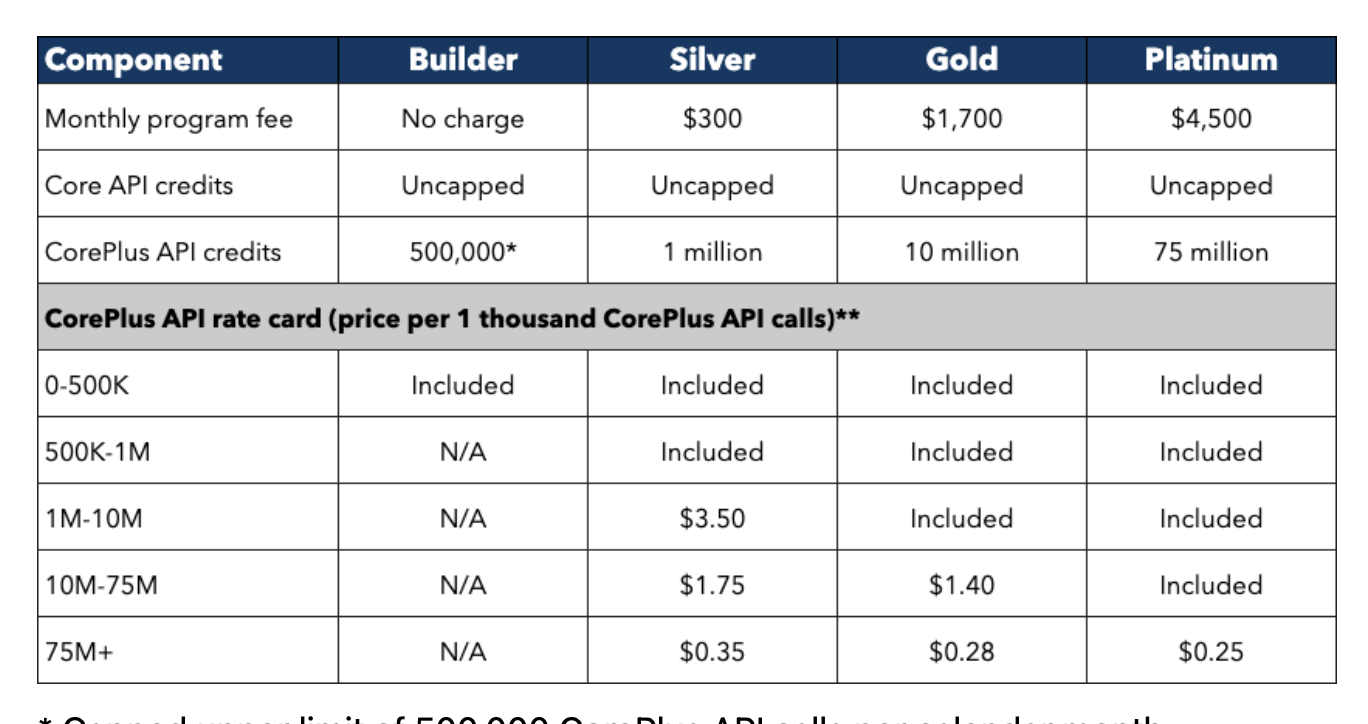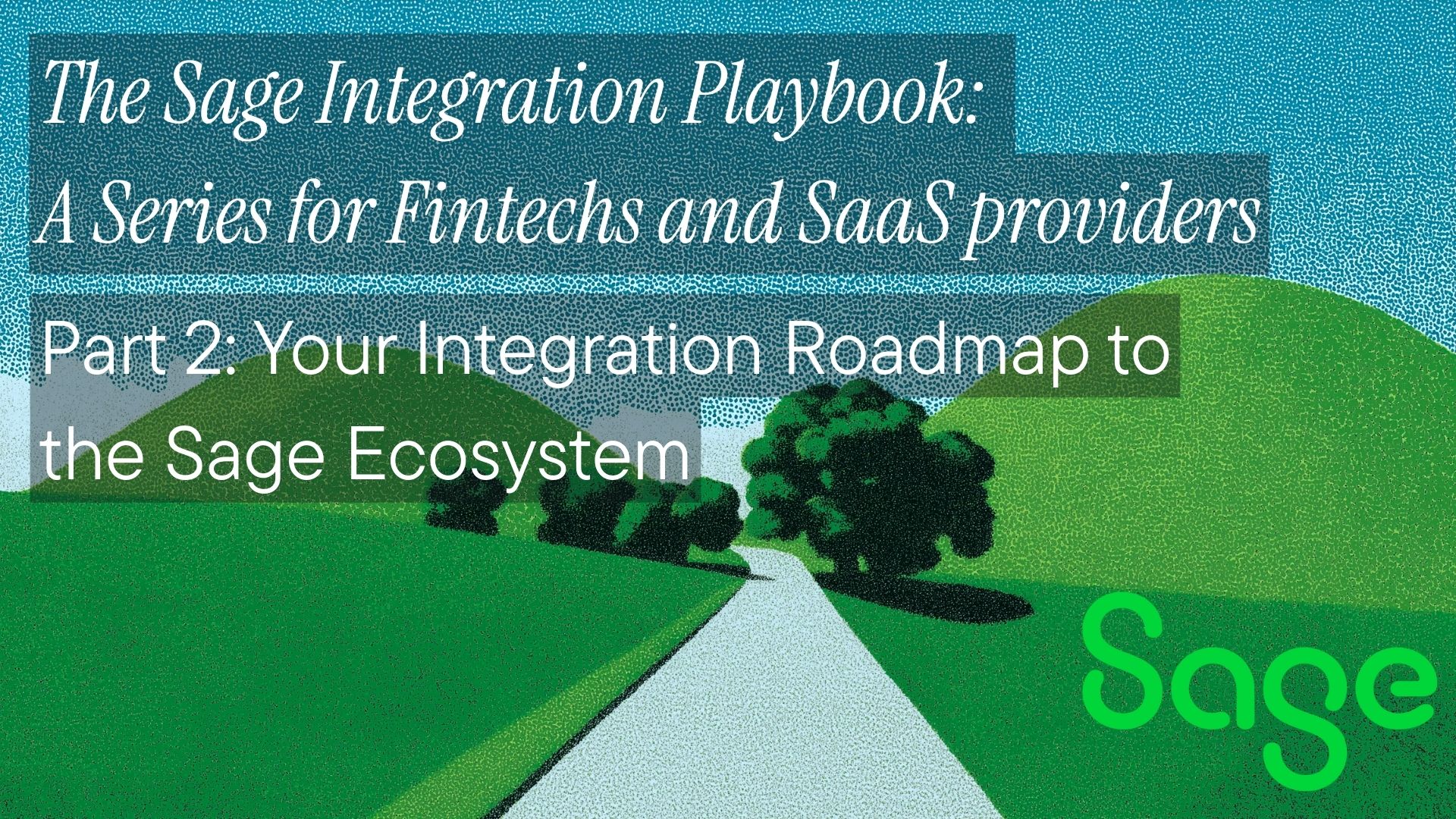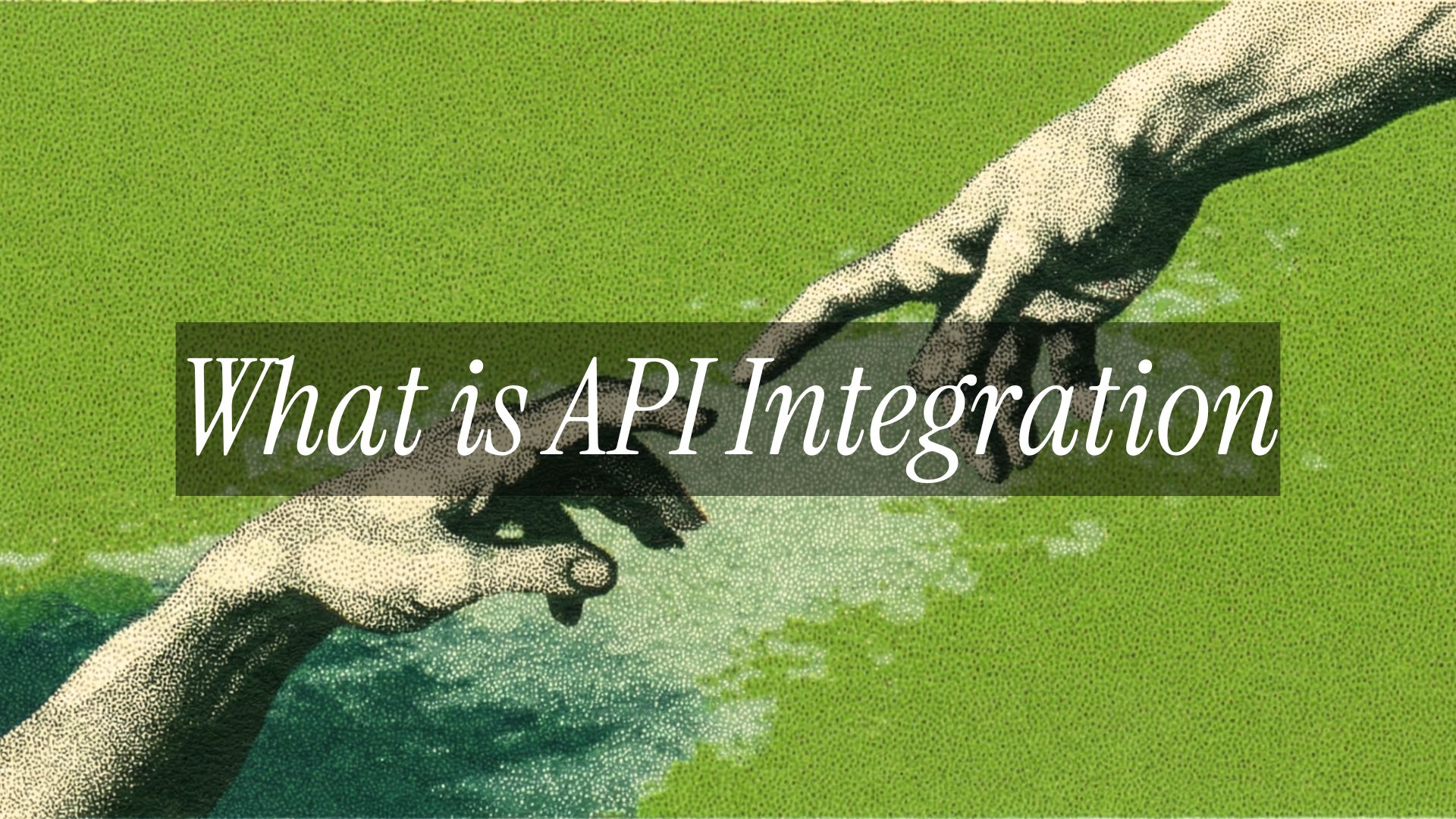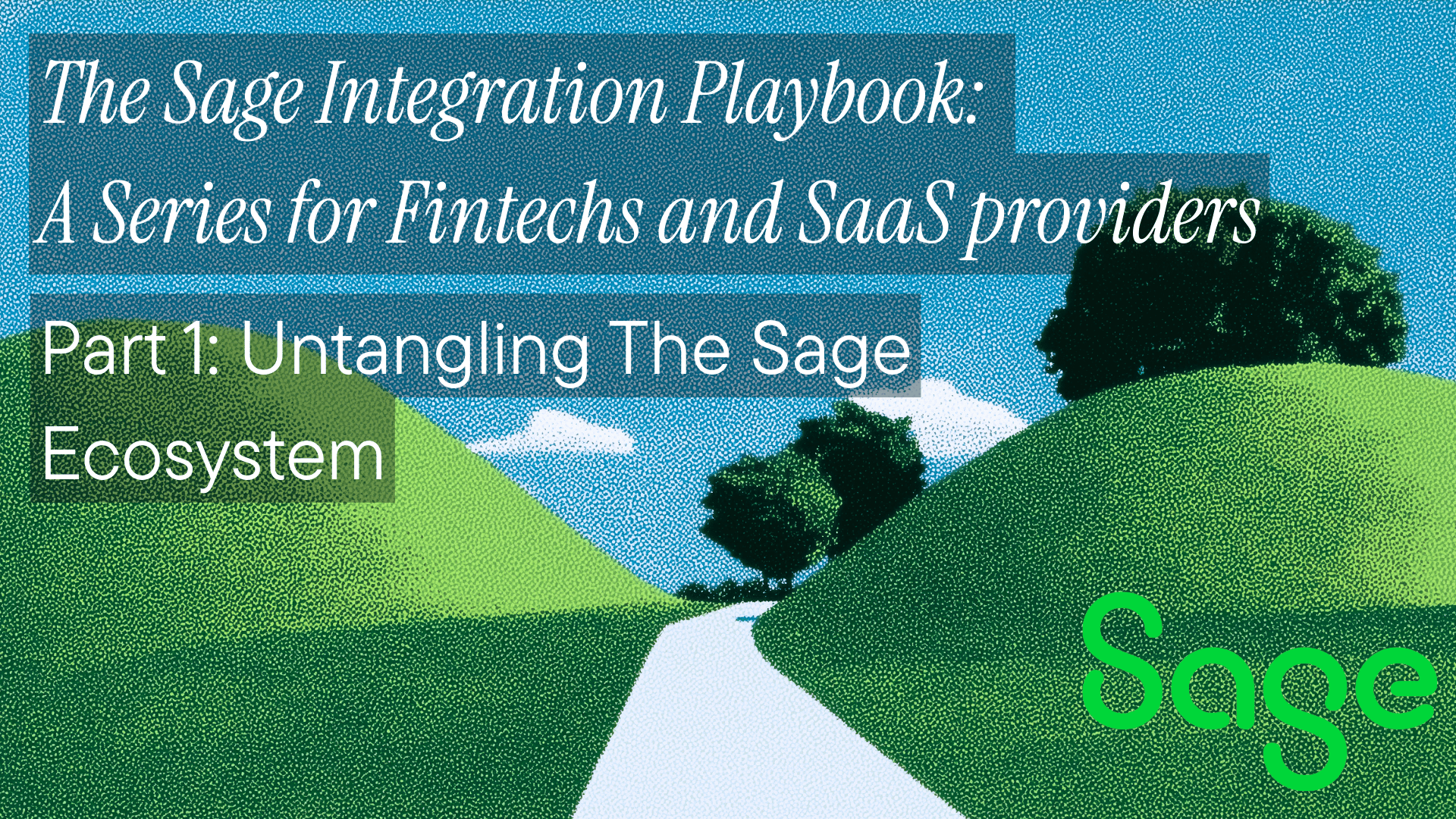Intuit introduced a significant change in 2025 with the launch of the Intuit App Partner Program. This new program introduces a tiered pricing model that distinguishes between different types of API operations, offering free unlimited access for data creation and updates while implementing usage-based pricing for data retrieval operations. Whether you're building a simple invoice sync or a comprehensive financial dashboard, the pricing tier you choose will depend on how much data your application needs to read from QuickBooks versus how much data it pushes into the system.
QuickBooks Online vs QuickBooks Desktop
Important Note: The Intuit App Partner Program and its associated pricing structure only applies to QuickBooks Online (QBO) integrations. If you're building integrations with the QuickBooks Desktop API, this pricing model does not apply to you.
This pricing information is specifically for:
- ✅ QuickBooks Online API (REST API)
- ❌ QuickBooks Desktop/Enterprise
Core vs CorePlus API Classification
API calls are now classified into two categories based on the endpoint and HTTP method used. For a complete breakdown of which specific API endpoints fall into each category, see Intuit's official API classification guide.
Core API Calls (Free & Unlimited)
- What they include: Most data-in operations such as creating or updating records
- Examples: POST requests to create/update invoices, bills, customers, vendors, accounts, payments, etc.
- Pricing: Completely free and unlimited across all partner tiers
- HTTP Methods: Primarily POST operations for pushing data into QuickBooks
CorePlus API Calls (Metered & Charged)
- What they include: Most data-out operations such as reading and querying data
- Examples: GET requests to retrieve accounts, query company information, fetch reports, read invoices, etc.
- Pricing: Free up to certain monthly limits, then charged based on usage
- HTTP Methods: Primarily GET operations for downloading data from QuickBooks
Partner Tiers and Pricing Structure
The new program includes four partner tiers with different pricing models:

Builder Tier (Free)
- Monthly Fee: $0
- Core API Calls: Unlimited (free)
- CorePlus API Credits: 500,000 per month
- Overage: API calls are blocked after exceeding the 500,000 limit
- Premium API Access: Not included
- Best For: Small developers and those just getting started
Silver Tier
- Monthly Fee: $300
- Core API Calls: Unlimited (free)
- CorePlus API Credits: 1 million per month (~$3,500 worth)
- Overage Rate: $3.50 per 1,000 API calls
- Premium API Access: Yes - Projects, Custom Fields, Sales Tax, Time with Payroll
- Best For: Growing applications with moderate data retrieval needs
Gold Tier
- Monthly Fee: $1,700
- Core API Calls: Unlimited (free)
- CorePlus API Credits: Higher allocation than Silver
- Overage Rate: Better rates than Silver tier
- Premium API Access: Yes - Projects, Custom Fields, Sales Tax, Time with Payroll
- Additional Benefits: Allocated partner team, improved support
Platinum Tier
- Monthly Fee: $4,500
- Core API Calls: Unlimited (free)
- CorePlus API Credits: Up to 75 million per month (~$18,750 worth)
- Overage Rate: $0.25 per 1,000 API calls (best available rate)
- Premium API Access: Yes - Projects, Custom Fields, Sales Tax, Time with Payroll
- Additional Benefits: Premium support, early access to new features
I'll help you update the Apideck blog post with information about Intuit's Premium APIs. Let me first fetch both articles to understand the current content and the new information to be added.Based on the content from both articles, I'll help you update the Apideck blog post to include information about Intuit's Premium APIs. Here's the updated version with the new Premium API information integrated:
Premium APIs
As of July 17, 2025, Intuit has launched Premium APIs exclusively available to Silver, Gold and Platinum tier partners. These APIs provide access to advanced QuickBooks Online features that were previously unavailable through the standard API.
Available Premium APIs:
Projects API
- Access project creation and profitability tracking features available in QuickBooks Online Plus, Advanced, and Intuit Enterprise Suite
- Track project-specific income, expenses, and profitability
- Manage project timelines and budgets programmatically
Custom Fields API
- Create and manage up to 12 custom fields across various transaction types
- Extend QuickBooks data model to match specific business needs
- Available for QuickBooks Online and Intuit Enterprise Suite
Sales Tax API
- Leverage QuickBooks' automated sales tax calculation engine
- Automatically determine correct sales tax rates for invoices and transactions
- Ensure compliance with varying tax jurisdictions
Time API with Payroll Compensation
- Access multiple pay types (salary, hourly, overtime, holiday)
- Enhanced time tracking with payroll integration
- Available for QuickBooks Online Payroll customers
How to Access Premium APIs:
- Subscription Requirement: Must be subscribed to Silver, Gold or Platinum tier
- Request Process: Submit a ticket through the Intuit Developer Support portal
- Select Product: "QuickBooks Online"
- Select Category: "New API access"
- Approval Timeline: Requests are reviewed and eligible apps are onboarded within a few days
Billing and Metering Details
Important Billing Information
- Billing Scope: Charges apply at the Workspace level
- Aggregation: API calls are aggregated across all production apps in a given workspace
- Metered Calls: Only successful API calls (2xx HTTP status codes) are counted
- Volume Pricing: Variable API fees use tiered volume structure with better rates at higher volumes
- Credit Reset: API credits reset monthly for Builder tier, according to billing cycle for paid tiers
For detailed examples of platform service fees across different scenarios, see Intuit's platform service fees guide.
Implementation Timeline
- July 28, 2025: Program launches for US-based partners
- July 28 - October 31, 2025: 100% discount on variable API fees (transition period)
- November 1, 2025: Full variable API fees begin applying
- Later in 2025: Program launches for non-US partners (with 30-day advance notice)
Migration Strategy
For Existing Integrations
If your application primarily:
- Creates/Updates data (invoices, bills, customers): You'll likely remain in the free tier comfortably
- Reads/Queries data heavily: Consider which paid tier makes sense based on your API call volume
- Does both extensively: Calculate your GET vs POST ratio to estimate costs
Cost Optimization Tips
- Audit your API usage: Focus on optimizing GET requests since these are now metered
- Implement efficient querying: Use query filters to reduce API calls
- Use webbhooks: Reduce redundant GET requests by implementing webhook events to keep data in sync.
- Monitor usage patterns: Use Intuit's API usage analytics or Apideck's API logging to track your consumption
Example Cost Scenarios
Scenario 1: Small Integration (Builder Tier)
- 100,000 CorePlus API calls/month
- 200,000 Core API calls/month
- Monthly Cost: $0 (stays within free tier limits)
Scenario 2: Medium Integration (Silver Tier)
- 1.5 million CorePlus API calls/month
- 500,000 Core API calls/month
- Monthly Cost: $300 + (500,000 × $3.50/1,000) = $300 + $1,750 = $2,050
Scenario 3: Large Integration (Platinum Tier)
- 80 million CorePlus API calls/month
- 2 million Core API calls/month
- Monthly Cost: $4,500 + (5 million × $0.25/1,000) = $4,500 + $1,250 = $5,750
Planning Recommendations
Before Migration
- Analyze current usage: Use the new API usage analytics in the Intuit Developer Portal
- Set up company address: Complete this requirement in the developer portal
- Review new Terms of Service: Accept the updated Intuit Developer Terms of Service
- Configure payment method: Set up billing to avoid service disruptions
Choosing the Right Tier
- Builder: Suitable for development, testing, or light production usage
- Silver: Good for small to medium applications with moderate data retrieval
- Gold: Better for applications with higher usage and need for enhanced support from the Intuit team
- Platinum: Enterprise-level applications with heavy API usage and need for premium support from the Intuit team
The new pricing model reflects Intuit's investment in platform improvements and enhanced developer support, while still maintaining free access to data creation and update operations that are typically the core of most integrations.
Disclaimer: Please note that the Intuit pricing is separate from the Apideck pricing model if you're integrating via our Unified Accounting API.
Ready to get started?
Scale your integration strategy and deliver the integrations your customers need in record time.








